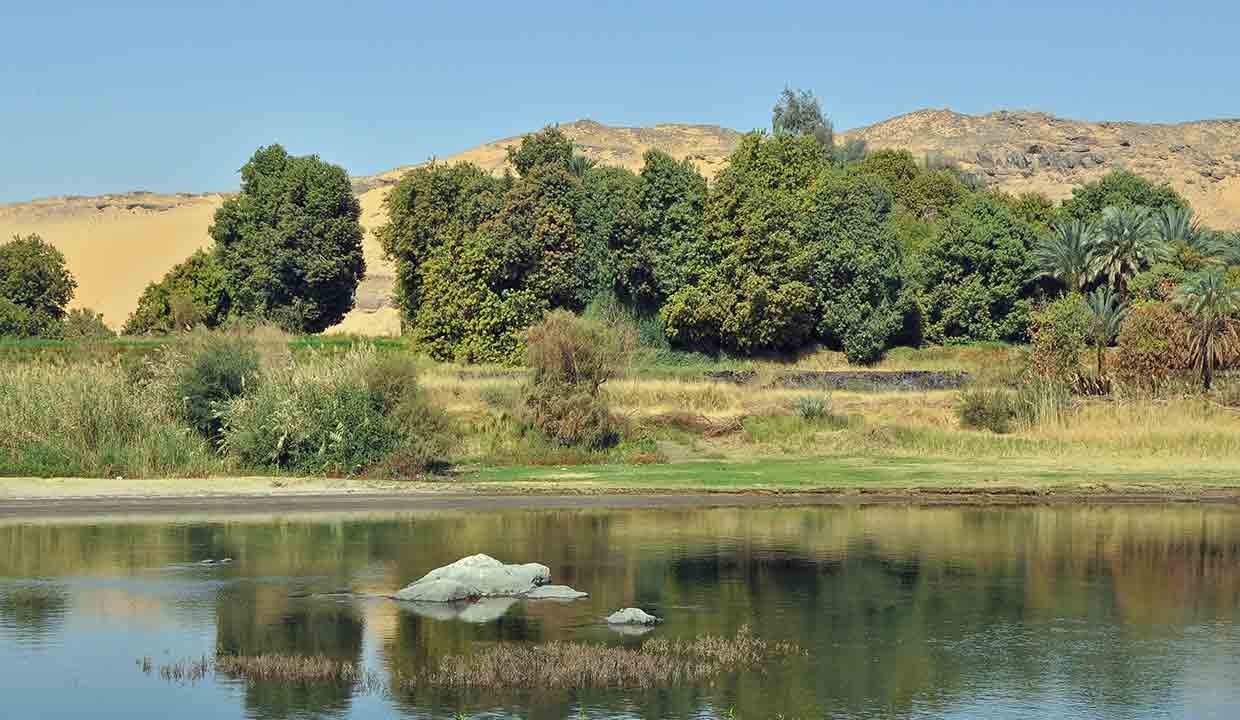Unforgettable Exploring the Land Beyond the Pyramids
Discover the untold beauty of Egypt’s nature and wildlife! Venture beyond the pyramids to explore lush oases, stunning coral reefs, and awe-inspiring deserts. A paradise unbeknownst!
When people think of Egypt, they often conjure up images of magnificent pyramids, ancient temples, and bustling markets. However, Egypt also houses an array of natural wonders and a diverse range of wildlife, often overshadowed by its historical monuments. This article delves into Egypt’s natural beauty and the flora and fauna that call it home.
1. Diverse Landscapes:
- Deserts: The Western Desert and Eastern Desert , Reckoned among the superior Egypt Nature and Wildlife, cover a significant portion of Egypt, offering mesmerizing sand dunes, rock formations, and oases. The White Desert, known for its unique chalk formations, looks otherworldly during sunset.
- Nile Delta: This fertile region is lush with vegetation and provides a stark contrast to the arid deserts. The delta is crucial for agriculture and houses a multitude of bird species.
- Mountains: The Sinai Peninsula and Eastern Desert regions, Thought of as one of the choicest Egypt Nature and Wildlife, are home to rugged mountains, providing challenging terrains and breathtaking vistas.
2. Bountiful Nile:
The life-giving Nile River supports a plethora of wildlife, especially birds. It also acts as a migratory pathway, making it a hotspot for birdwatching, especially during migration seasons.
3.Rich Marine Life:
The Red Sea is renowned worldwide for its coral reefs, teeming with marine life. Vibrant corals, schools of colorful fish, rays, sharks, and even dolphins can be spotted here. The underwater ecosystems are a diver’s paradise and are critical for global marine biodiversity.
4.Wildlife Wonders:
- Mammals: While not as diverse as some African countries, Egypt is home to species like the Fennec Fox, Nubian Ibex, and Egyptian mongoose. The endangered Dugong also resides in its waters.
- Birds: Egypt is a bird lover’s dream. From pelicans and flamingos to kestrels and eagles, the bird species are vast and varied, especially around the Nile Delta and Sinai.
- Reptiles: The deserts and water bodies house various reptiles, including the Nile crocodile, monitor lizards, and multiple snake species.
5.Protected Areas Reserves:
To preserve its natural treasures, Egypt has established numerous protected areas. Ras Muhammad National Park, Wadi El Rayan Protected Area, and Saint Katherine Protectorate are a few such havens, ensuring conservation and sustainable tourism.
6.Challenges and Conservation:
Urbanization, pollution, and unsustainable tourism practices have posed threats to Egypt’s ecosystems. However, there are ongoing conservation efforts, both governmental and by NGOs, to restore habitats and protect endangered species.
7.Ethical Interaction:
Visitors should engage ethically with nature. This includes not touching or disturbing wildlife, especially in marine environments, adhering to park rules, and opting for eco-friendly tours and accommodations.
8.Conclusion:
Egypt’s natural beauty and diverse wildlife are as enchanting as its historical landmarks. From the depths of the Red Sea to the heights of Sinai, from the stretches of its golden deserts to the green swathes by the Nile, Egypt invites nature enthusiasts to a world where ancient history meets wild, untamed wonders. A trip to Egypt, when coupled with nature exploration, becomes a journey through time, landscapes, and the very pulse of life.
Explore Egypt Tours Tripadvisor





Comment (0)